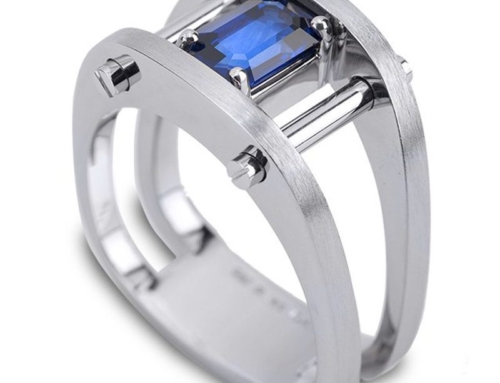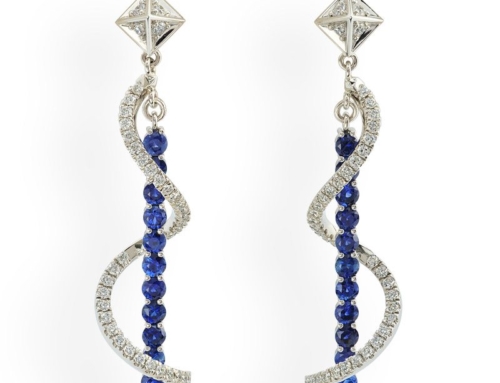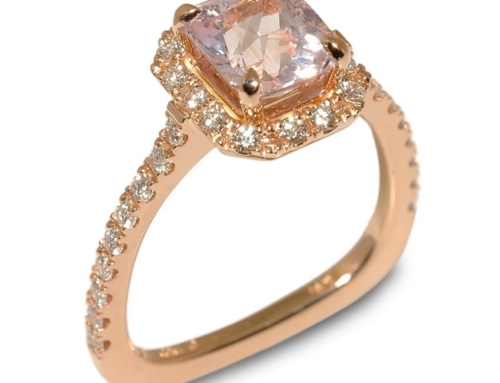Diamond Carat Weight vs Face-Up Size: What You Need to Know
If you’re looking to add a stunning diamond design to your jewelry repertoire, don’t be fooled by appearances. Larger carat diamonds may not appear the biggest, and the ones that do appear the biggest aren’t always the best quality.
Here’s exactly what you need to know before you go shopping for your next diamond.
What Is a Carat?
The term carat often is used to describe a diamond’s size, but carats are actually used to measure a diamond’s weight. Each carat is equal to 200 milligrams and is divided up into 100 “points.” This allows diamond experts to get highly precise measurements to the hundredth decimal place.
Heavier diamonds are less common and more desirable, but in many cases, the large diamonds that are so sought after aren’t actually larger, they just appear that way.
Carat vs Face-Up Size: What’s the Difference?
The heavier the diamond, the bigger it tends to be, but there are many other factors that affect a diamonds size, most notably the cut of the diamond. For example, if you have two diamonds of equal carat, one might appear smaller if it is cut so that it maintains weight at the bottom but has a smaller surface area on the top. The top surface area is also known as the diamond’s “face-up size,” and just like carat measurements, a bigger size doesn’t mean the diamond is higher-quality.
Is Face-Up Size Important?
When shopping for the perfect diamond, you might be drawn to the diamond that has the largest face-up size because it appears to be the biggest. However, neither carat weight nor face-up size should be used to determine the true quality of a diamond. If the diamond is cut too flat for the sake of a larger face-up size, light refraction suffers. In other words, you won’t get the same “bling” factor that you’d get with a diamond cut to the proportions that maximize quality, rather than surface area.
The Top Factor to Consider When Selecting a Diamond
Diamonds are rigorously graded according to the Four Cs: cut, color, clarity, and carat. In our opinion, the cut of the diamond is the most important.
Two diamonds could be totally equal in color, clarity, and carat but completely different qualities (and prices) as a result of their cuts. The only of the Four Cs that isn’t set in stone, a diamond’s cut is determined by three factors:
Precision: This refers to the diamond’s proportions—the angles that maximize the light performance of a given stone. Diamonds with a larger face-up size aren’t necessarily cut the most precisely.
Symmetry: When a diamond has excellent symmetry, this means that the facets of the diamond are perfectly aligned.
Polish: A diamond’s polish refers to the quality of the facet surfaces. The better the polish, the better the diamond reflects light
Don’t Miss These Stunning Diamond Designs
Here at Coffin & Trout, we only use the finest diamonds, cut to maximize the sparkle that you know and love, no matter the carat size. Here are some of our favorite designs featuring this timeless stone.
EVOLVE OVAL DIAMOND ENGAGEMENT RING
While this ring features a sleek platinum setting, you wouldn’t be the only one to think it’s totally made up of diamonds at first glance. Thanks to the diamonds’ round brilliant cut, known as being the flashiest of all diamond cuts, this ring is a true showstopper.
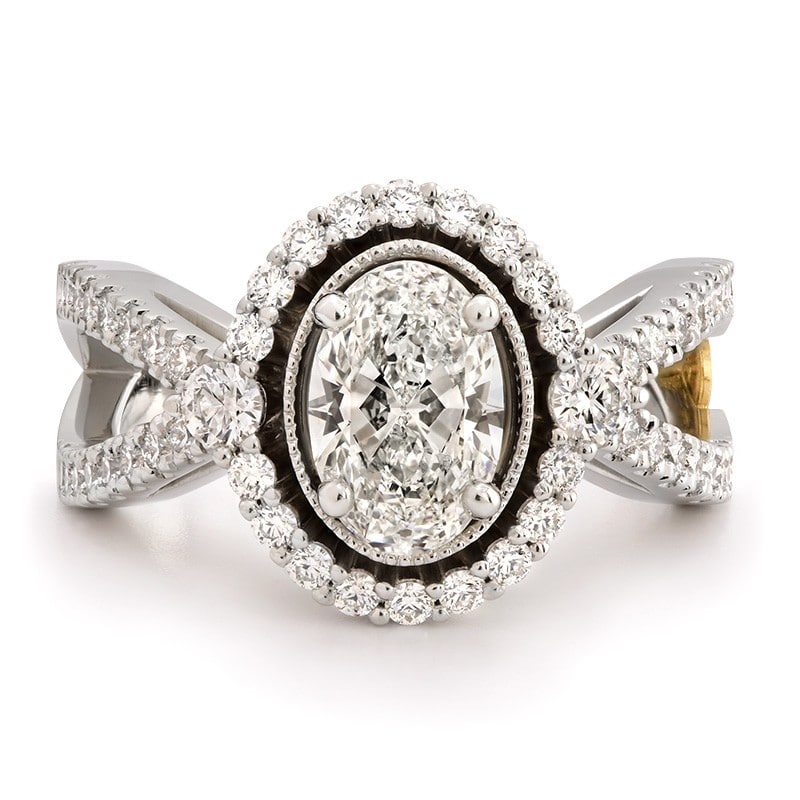
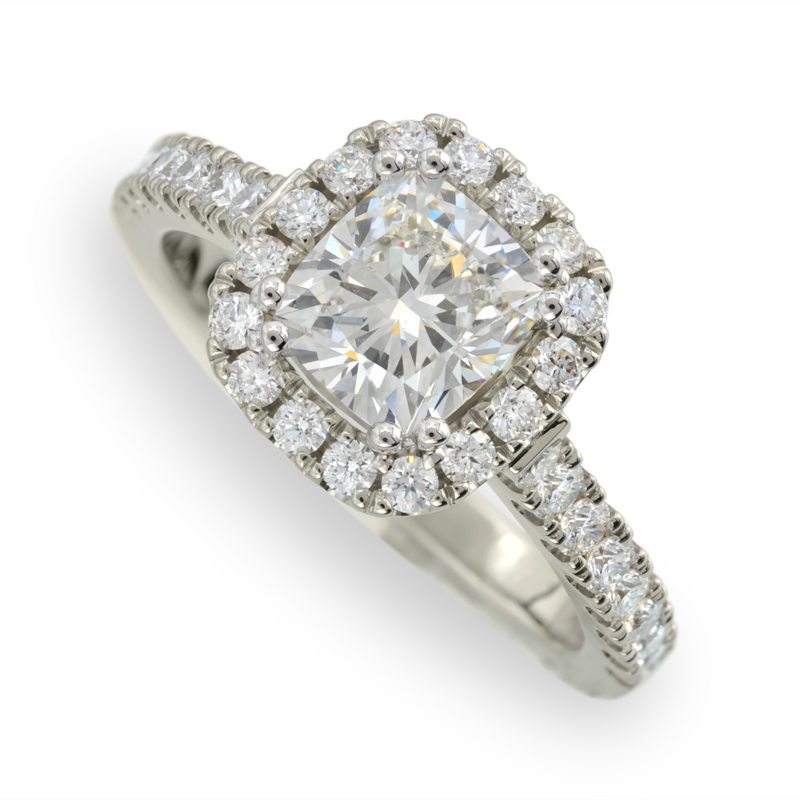
EMPRESS CUSHION CUT DIAMOND HALO ENAGEMENT RING IN WHITE GOLD
The perfect display of timeless love, this Empress engagement ring shows off a 1.20ct center diamond, cut to a classic cushion shape. A beautiful diamond halo surrounds the cushion to create a design that derives elegance from its simplicity.
Every diamond is unique, so don’t shop for your next piece based on the Four Cs alone. Let us help you find the diamond that truly speaks to you. Stop by our showroomtoday.

